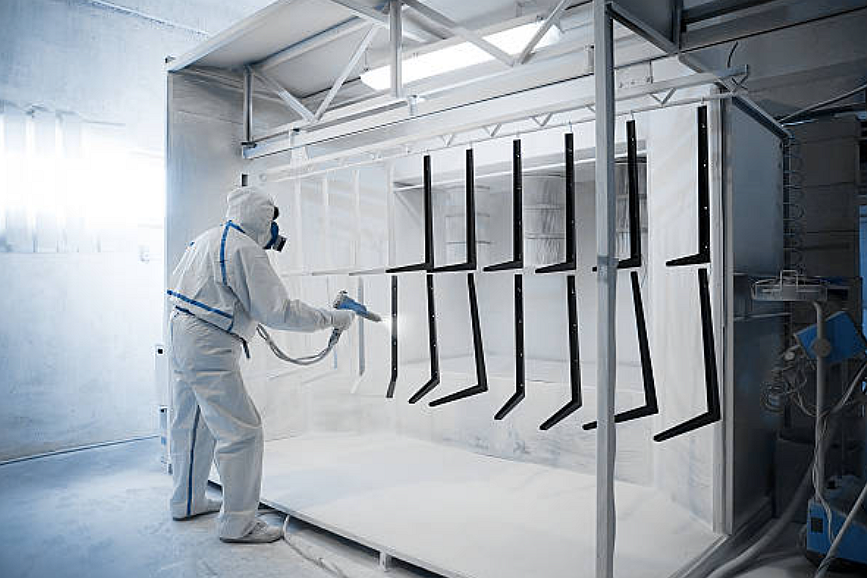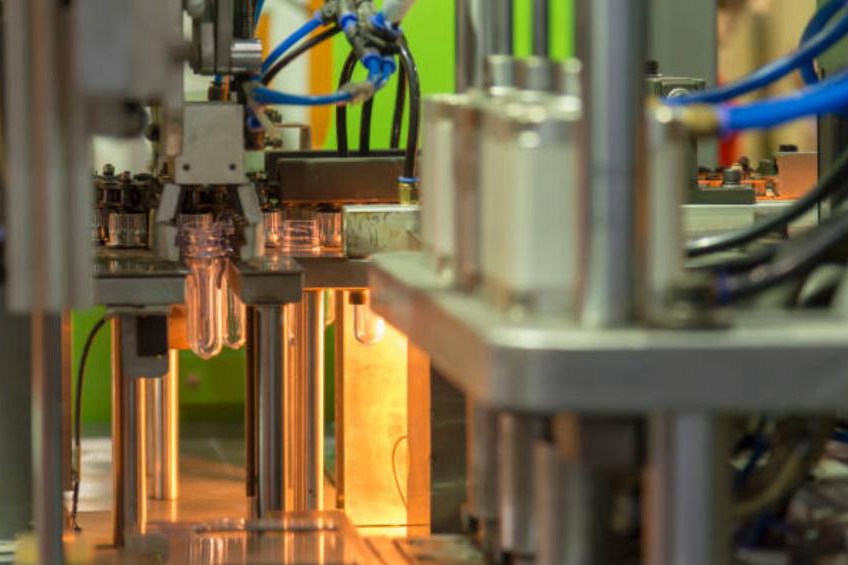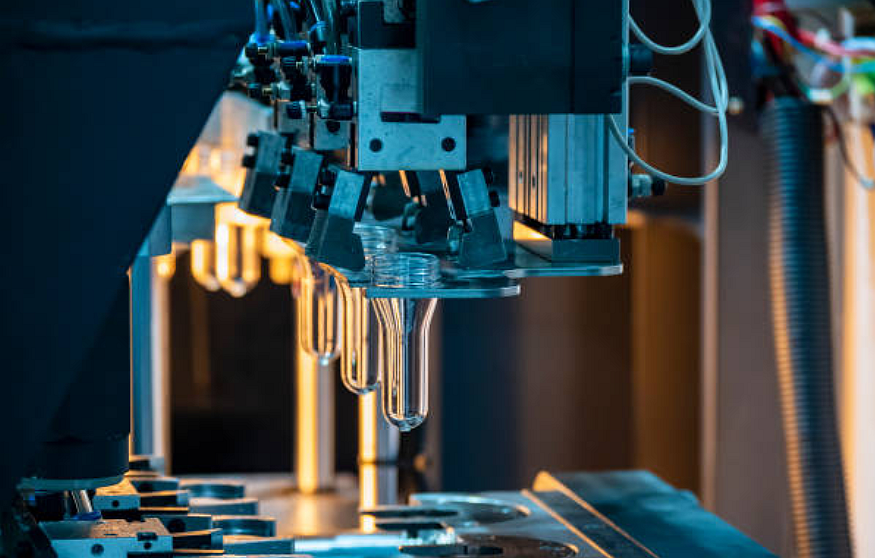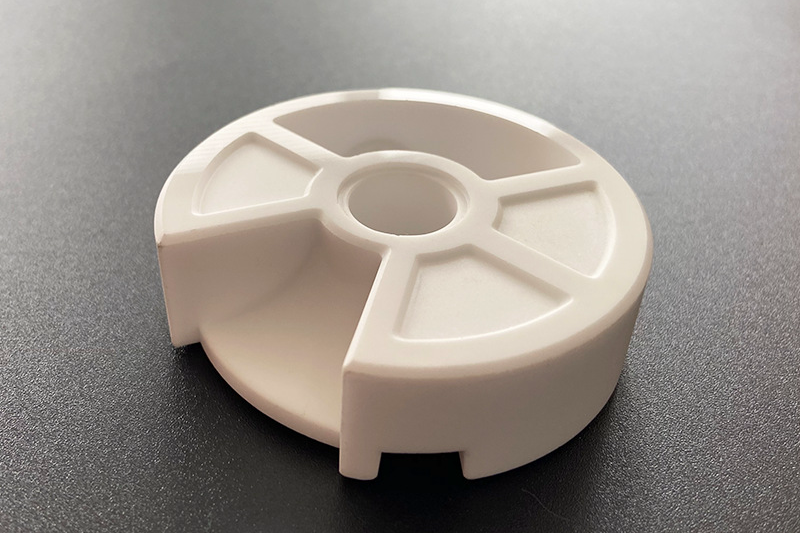What finishing options are available for custom molded parts?
Neway provides a range of surface finishing techniques available to enhance custom injection molded components. Painting, laser marking, and plating improve aesthetics and branding. Texturing, etching, and blasting provide specialized tactile feels and visual effects. Overmolding combines materials for ergonomic grips and seals. Secondary machining enables high-precision features and tolerances. Expert finishing tailors precision injection molded parts' appearance, functionality, and performance to meet application requirements. Learn more about our capabilities.

MIM Parts Surface Optional
Applying appropriate finishing tailors MIM components' aesthetics, performance, and functionality. Here are some standard finishing options for custom metal injection molded (MIM) parts and their essential functions:
- Polishing - Mechanical or chemical processes give surfaces shine and luster. Reduces surface roughness.
- Plating - Electroplating applies coatings like nickel and chrome for corrosion protection or aesthetics.
- Painting - Liquid or powder coatings provide color, branding, and corrosion protection.
- Passivation - Chemical treatments form a protective oxide layer, enhancing corrosion resistance.
- Sand Blasting - Propelled abrasive media roughens surfaces and enhances bonding.
- Vibratory Finishing - Smoothens edges and deburrs parts. Provides a uniform satin finish.
- Laser Marking - Laser selectively marks logos and text for branding. Avoids tooling costs.
- Heat Treatment - Hardening, tempering enhances strength, wear resistance, and machinability.
- Surface Coatings - Thin films by PVD, CVD boost hardness, lubricity, and other properties.
- Secondary Machining - CNC operations enable precision features and tighter tolerances.
CIM Parts Surface Optional
Appropriate secondary finishing and processing enable ceramic components to meet aesthetic, functional, and performance requirements. Here are some common finishing options used for custom ceramic injection molded (CIM) parts and their essential functions:
- Grinding - Achieves precise dimensions and improves surface finish. Produces smooth or textured finishes.
- Polishing - Gives surfaces a smooth finish and shine. Enhances visual appeal.
- Lapping - Produces highly smooth, flat surfaces with precision and accuracy. Critical for bearing and sealing surfaces.
- Laser Engraving - Marks logos, text, and QR codes onto surfaces. Avoids tooling costs.
- Coatings - PVD and CVD films boost hardness, wear resistance, and corrosion protection.
- Glazing - Sealants provide glossy protective coatings and improve stain resistance.
- Machining - Diamond tooling machines have tight-tolerance features and holes. Enables integration.
- Cleaning - Chemical processes remove binders, smoothen surfaces, and improve finish.
- Assembly - Joining techniques integrate components like adhesive bonding and press fitting.
- Inspection - Validates critical dimensions, finish, and performance to specifications.
Plastic Parts Surface Optional
Applying suitable treatments improves aesthetics, functionality, tactility, branding, and durability. Here are some standard finishing options for custom plastic injection molded parts and their essential functions:
- Painting - Techniques like spray or powder coating provides color, branding, and UV/corrosion protection.
- Laser Marking - Lasers selectively ablate or anneal surfaces to produce permanent marks, logos, and text.
- Pad Printing - Transfers ink patterns, graphics, and text onto molded parts. Ideal for marking smooth, irregular surfaces.
- Hot Stamping - Foil graphics and text applied via heat and pressure. Provides metallic, glossy finishes.
- Plating - Electroplating applies metal coatings like chrome, nickel, and copper for aesthetics or conductivity.
- Etching - Chemicals or lasers selectively erode surfaces to achieve textures or matte finishes.
- Insert Molding - Metal, fabric, and electronic inserts provide functional, decorative, and tactile effects.
- Overmolding - Combines hard and soft plastics for ergonomic grip or cushioning.
- Texturing - Molded or post-molding techniques create physical surface textures.
- Ultrasonic Welding - Bonds molded components or inserts using vibrational energy.
- In-Mold Decorating- for Vibrant Graphics on Molded Parts. IML and IMD technologies directly integrate printing, labels, and decorating into injection molds. Achieve stunning graphics, textures, and high-resolution images on the molded plastic part surface.



